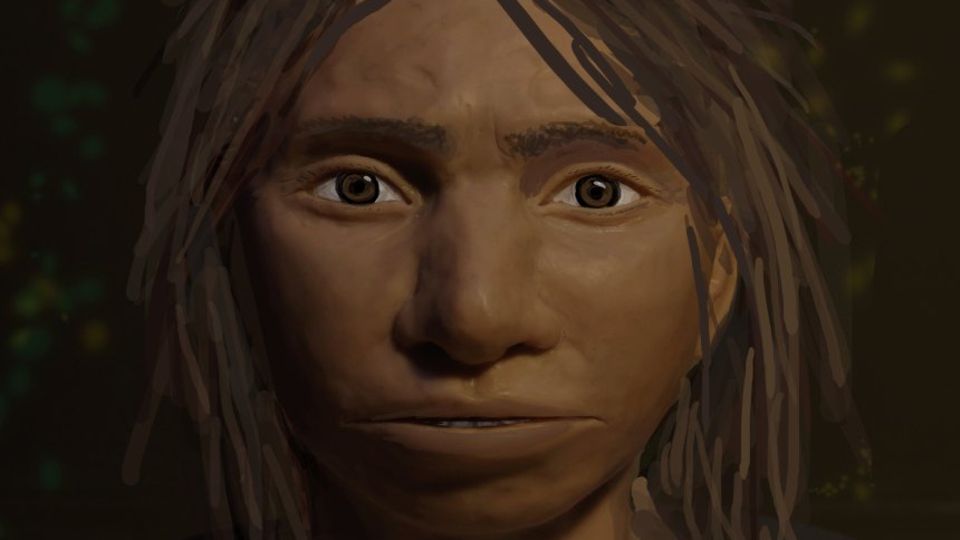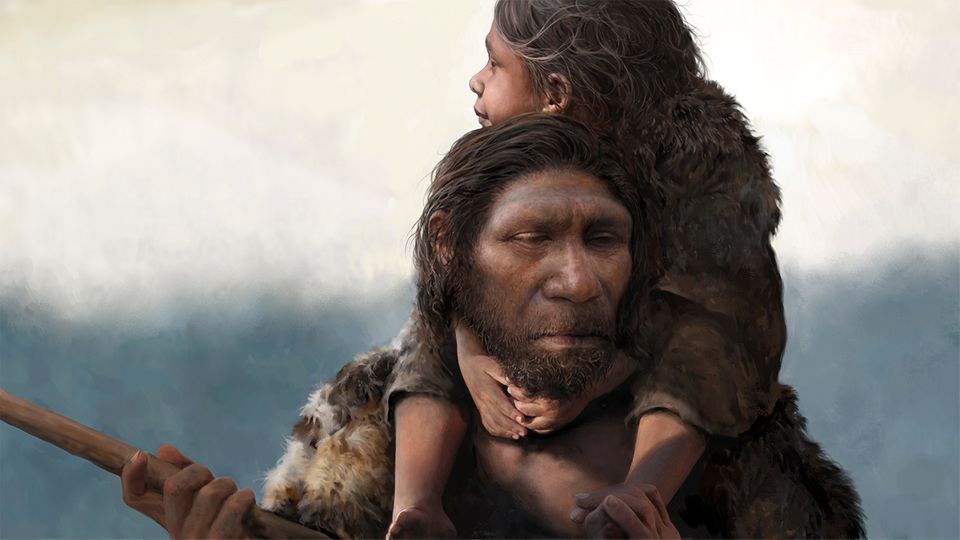evolutionary history
Almost extinct: Due to a catastrophe, our ancestors shrank to 640 pairs of parents
After the disaster, Homo heidelbergensis evolved
© wikimedia
By analyzing present-day genetic material, researchers can decipher the history of evolution. They believe that all humans descended from a group of only 1280 reproductive ancestors. All other populations have not survived a drastic climate change.
Today the whole planet is covered with people. But a genetic analysis claims that our ancestors almost became extinct around 930,000 years ago. Before that there were said to have been around 100,000 specimens, almost all of them died due to radical climate change, only 1280 remained of reproductive age. ‘About 98.7 percent of human ancestors were lost when the bottleneck began, leaving our ancestors at risk of extinction,’ the scientists write in the journal Science.
Secrets of the genome unlocked
The method behind the study is not new. The genetic variants in the DNA allow conclusions to be drawn about the ancestry and old populations. Thanks to the advances in DNA sequencing technology, detailed knowledge is always possible today. Each genome contains over three billion pieces of genetic information. These letters are sometimes passed on over millions of years. Neanderthal genes can still be found in people today.
Haipeng Li of the Chinese Academy of Sciences in Shanghai and his colleagues have developed their own method for reconstructing this evolution. With FitCoal (for Fast Infinitesimal Time Coalescent) they want to decipher the history of a population. Millions of years of evolution can be broken down into periods of months. “It’s a tool we developed to find out the history of different groups of living things, from humans to plants,” said Dr. Li. They turned to humans when there was enough data. For the study, they compared the genomes of 3,154 people from 50 populations around the world.
Your question was: What is the best way to explain genetic diversity today when there are, on the other hand, strong similarities? Their answer is a cataclysm 930,000 years ago in which almost all ancestors became extinct and only a small group survived. A kind of bottleneck in evolution, in which a previously large variety is reduced in order to flourish again later.
Only survived with luck
“The numbers emerging from our study correspond to those of species that are currently threatened with extinction,” Professor Giorgio Manzi, an anthropologist at the University of Sapienza in Rome and lead author of the study, told the British “Guardian”. “We were lucky that we survived, but (…) we know from evolutionary biology that the emergence of a new species can certainly occur in small, isolated populations.”
The researchers estimate that there were about 98,000 reproductive individuals before the collapse. Then the population collapsed to just 1280 copies. The group remained very small for 117,000 years, and only then did the population recover. The model would also explain why so few remains from this period have been found. There just weren’t enough people to leave many behind.
Only one group survived
Global climate change is said to have led to the crisis. At that time the world was getting colder and drier, only an isolated group could survive this time. The fact that the ancestors of humans separated from their relatives, the Neanderthals and Denisovans, speaks in favor of the thesis. Another clue is a change in the chromosomes. “All people with 24 pairs of chromosomes died out, while only the small isolated population with 23 pairs of chromosomes survived and was then passed on from generation to generation,” said Ziqian Hao, who also authored the study.
The findings are surprising and rewrite human history. But the FitCoal method is still new. How robust their results will be remains to be seen as more human and other species DNA sequencing becomes available.




